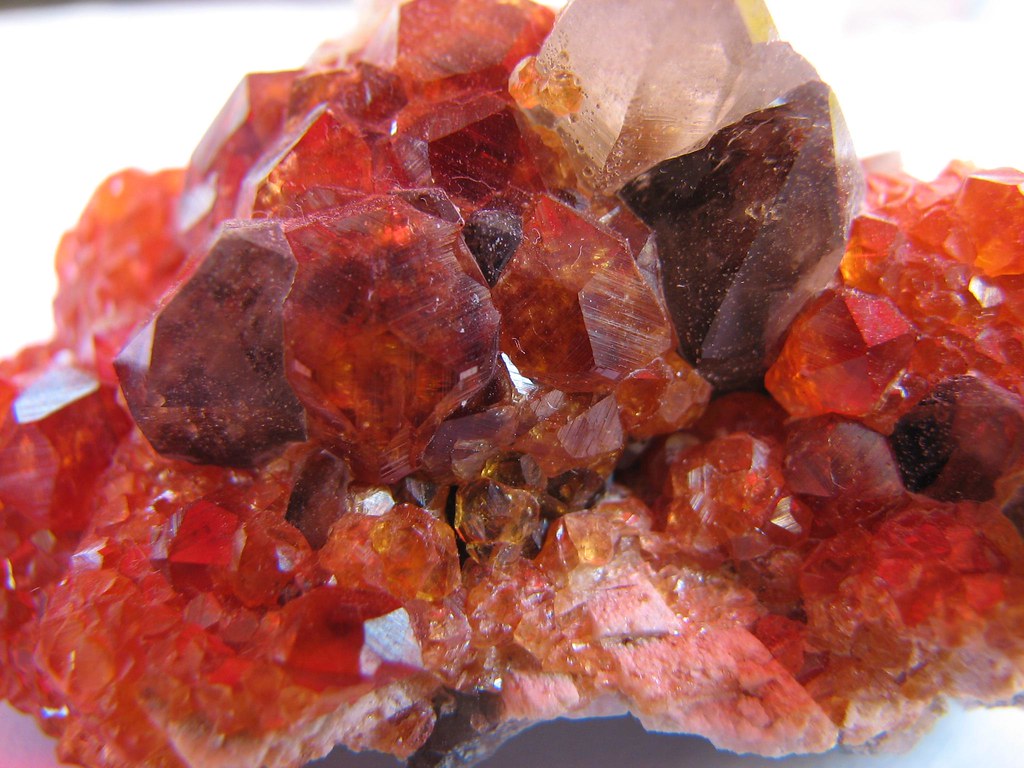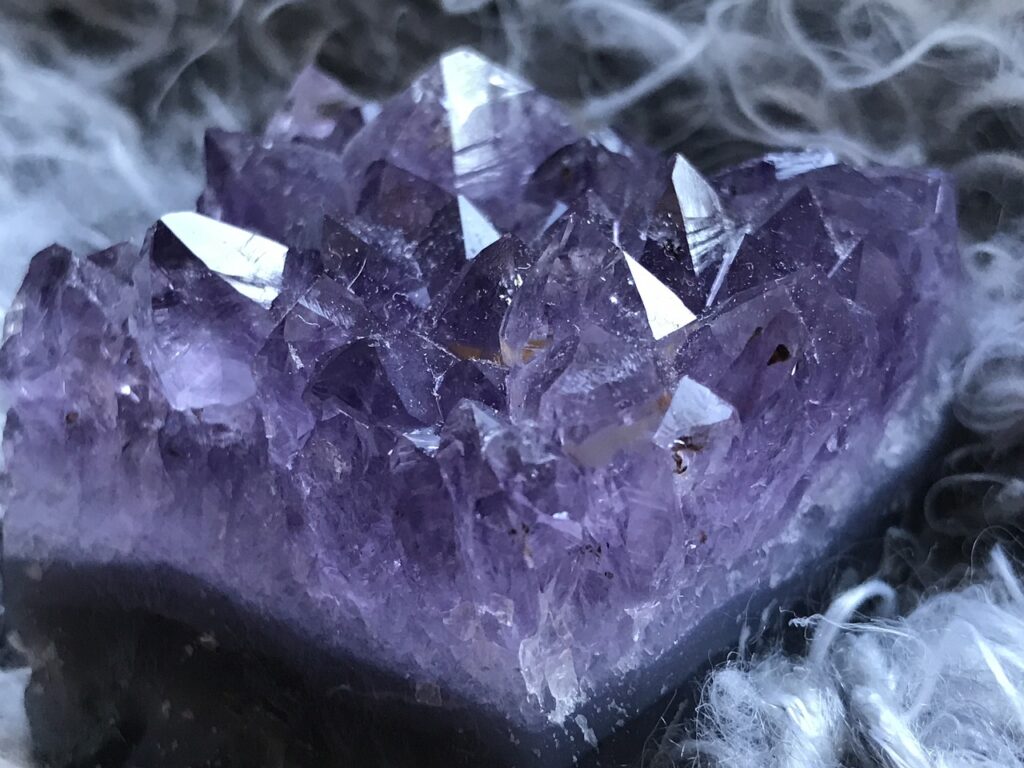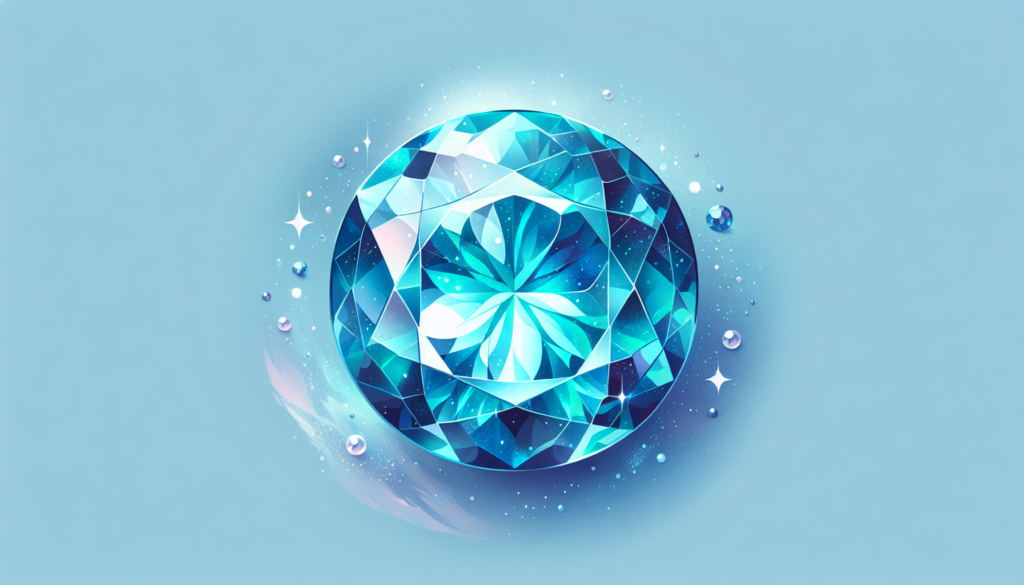April brings with it the enchanting birthstone of diamonds, sparkling with elegance and sophistication. As the birthstone for this month, diamonds symbolize purity, love, and everlasting strength. From their timeless beauty to their remarkable durability, diamonds have captivated people for centuries. Whether you were born in April or simply admire the allure of these precious gems, diamonds hold a special place in the hearts of many. Let us explore the rich history and enduring charm of the April birthstone – the dazzling diamond.
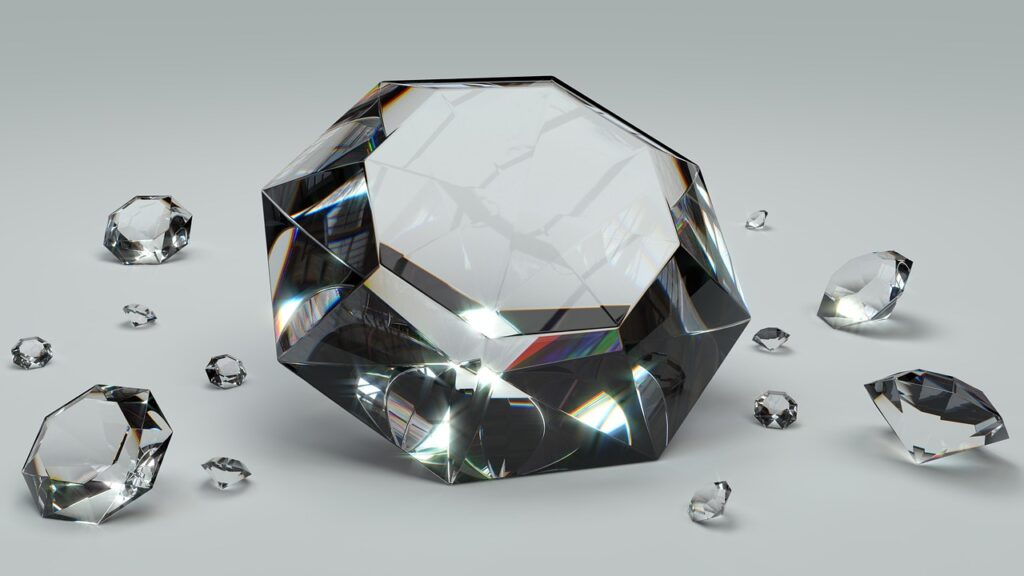
Overview of April Birthstone: Diamond
Highlighting the Significance of Diamonds as April Birthstones
In the world of gemstones, the diamond stands tall as a symbol of everlasting beauty and magnificence, making it the perfect birthstone for those born in the month of April. With its dazzling brilliance and timeless elegance, diamonds have captivated the hearts of many throughout history. As the April birthstone, diamonds hold special significance and are believed to bring clarity, strength, and invincibility to those who are born in this month.
A Quick Peek at the Uniqueness of Diamonds
Diamonds are truly one-of-a-kind gemstones. While most gemstones are formed from minerals, diamonds are formed from pure carbon atoms that have been subjected to intense pressure and heat deep within the Earth’s mantle for millions of years. This intense process gives diamonds their exceptional hardness and brilliance, making them the hardest substance known to man. Their striking appearance, combined with their rarity and durability, make diamonds highly valued and sought after.
Historical Background of Diamond as April Birthstone
Early Historical Significance of Diamonds
Throughout history, diamonds have been revered and cherished by various ancient civilizations. In ancient Greece, diamonds were believed to be tears of the gods, while in ancient Rome, they were regarded as the sparkling fragments of fallen stars. The allure of diamonds also extended to ancient India, where they were considered sacred and believed to possess mystical powers.
Modern Perception and Significance of Diamonds
In modern times, diamonds continue to hold a special place in our hearts and culture. They are the ultimate symbol of love and commitment, often used in engagement rings to represent eternal affection. Diamonds also carry a connotation of wealth, luxury, and status, making them highly valued in the world of fashion and jewelry. As the April birthstone, diamonds are not only associated with beauty and prosperity, but they are also believed to bring clarity, balance, and courage to those born in this month.
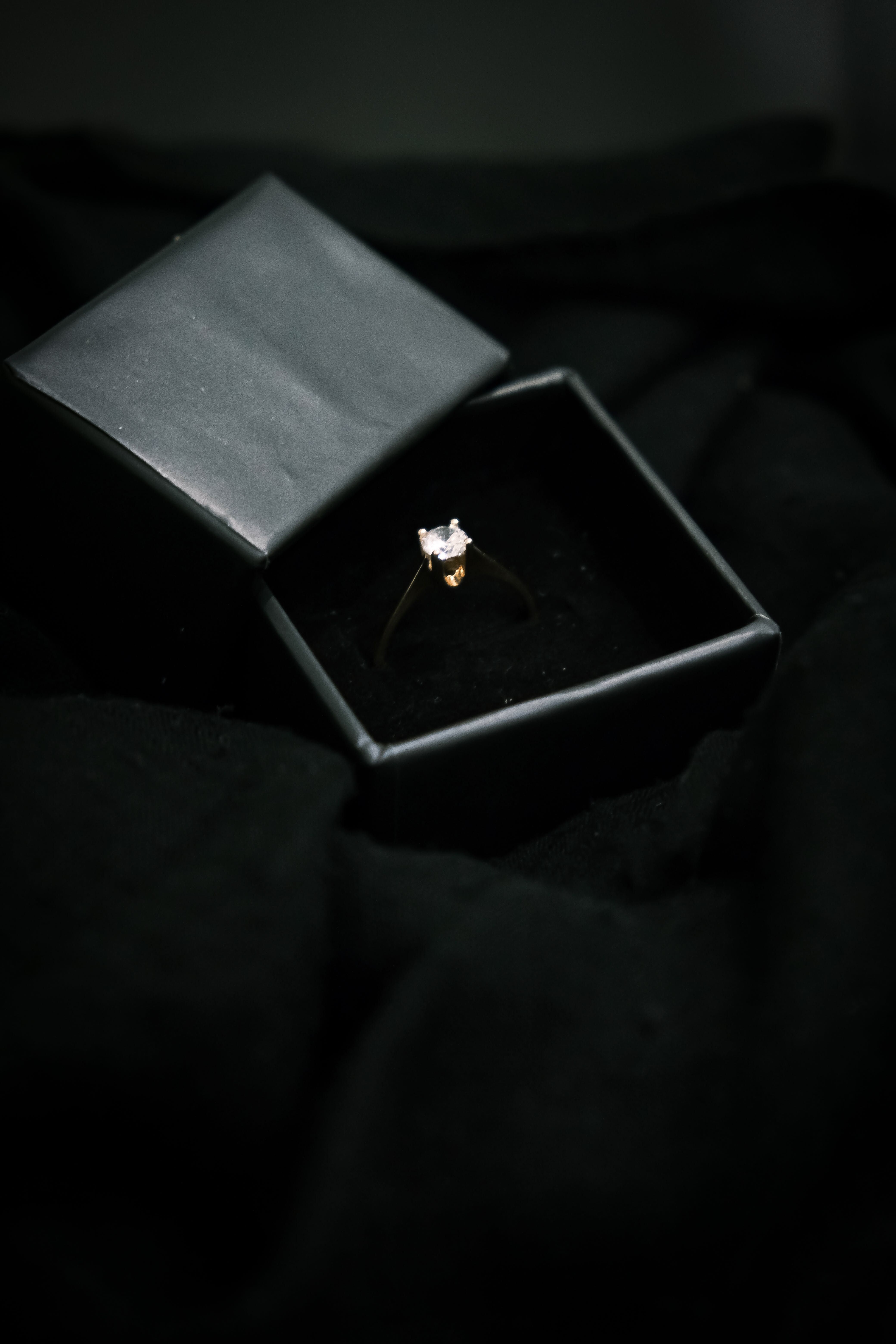
Physical Aspects of Diamonds
Understanding the Crystal Structure of Diamonds
Diamonds are renowned for their unique crystal structure. They belong to the cubic crystal system, which gives them their characteristic octahedral shape with four equal triangular faces. This crystal structure allows light to bounce off the diamond’s surface, resulting in the brilliant sparkle that diamonds are famous for.
Chemical Composition and Strength
Chemically, diamonds are composed of pure carbon atoms arranged in a crystal lattice structure. This gives diamonds their exceptional hardness, scoring a perfect 10 on the Mohs scale of mineral hardness. Their strength and durability make diamonds not only a coveted gemstone but also a popular choice for industrial applications, such as cutting and grinding tools.
Color Variants in Diamonds
While diamonds are often associated with the classic white or colorless variety, they can occur in a wide range of colors, including yellow, brown, blue, green, pink, and even rare reds. These colored diamonds, known as fancy color diamonds, are prized for their unique and vibrant hues. The intensity and purity of the color significantly impact the value and desirability of fancy color diamonds.
Formation and Source Locations of Diamonds
Discussion on the Geological Formation Process of Diamond
Diamonds are formed deep within the Earth’s mantle, under high pressure and temperature conditions. The process begins when carbon-rich materials, such as graphite or organic matter, are subjected to extreme heat and pressure over millions of years. This causes the carbon atoms to rearrange and form diamond crystals. Volcanic eruptions then bring these diamonds closer to the Earth’s surface, where they can be mined.
Global Locations and Origins of High-Quality Diamonds
Diamonds can be found in various regions around the world. Historically, India was the primary source of diamonds until the 18th century, when the diamond deposits of Brazil were discovered. Today, major diamond-producing countries include Russia, Botswana, Canada, and Australia. Each region has its distinct characteristics, and diamonds sourced from different locations often have unique qualities, such as color or clarity.
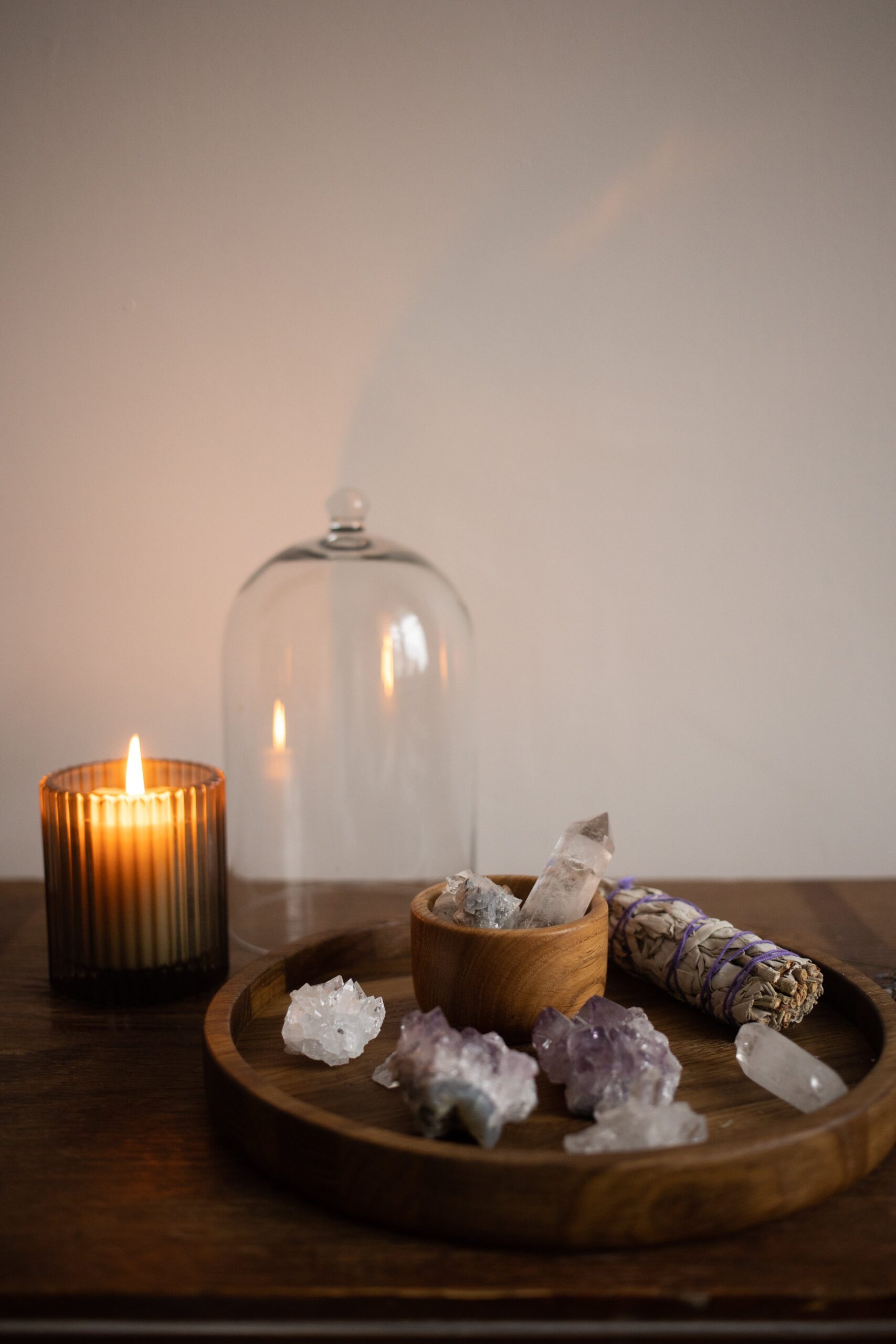
Types of Diamonds
Characteristics of Natural and Synthetic Diamonds
Diamonds can be classified into two main categories: natural and synthetic diamonds. Natural diamonds are formed over millions of years, as explained earlier, while synthetic diamonds are created in a laboratory using high-pressure, high-temperature (HPHT) or chemical vapor deposition (CVD) processes. Natural diamonds are prized for their rarity and natural beauty, whereas synthetic diamonds offer an ethical and more affordable alternative.
Description of Fancy Color Diamonds
Fancy color diamonds are a mesmerizing variation of diamonds, renowned for their vivid and intense hues. These natural diamonds acquire their extraordinary colors due to the presence of certain trace elements or structural defects during their formation process. The Gemological Institute of America (GIA) grades fancy color diamonds based on their hue, tone, and saturation, creating a comprehensive color grading system.
Contrasting Industrial and Gem-Grade Diamonds
Diamonds destined for industrial purposes are often different from gem-grade diamonds used in jewelry. Industrial diamonds may have lower clarity or color grades and are primarily valued for their hardness and abrasion resistance. On the other hand, gem-grade diamonds undergo strict grading standards and are chosen for their exceptional clarity, color, and cut to maximize their brilliance and beauty.
The Symbolism and Healing Properties of Diamonds
Diamonds as Symbols of Love and Purity
Diamonds have long been associated with love, purity, and fidelity. Their captivating sparkle and unyielding strength make them perfect for symbolizing eternal love and commitment. Diamonds are often used in engagement rings and wedding bands as a tangible representation of a couple’s everlasting bond.
Understanding the Healing Properties Attributed to Diamonds
Diamonds are believed to possess various healing properties, both physically and emotionally. They are thought to enhance strength and clarity of the mind, promoting focus and concentration. Diamonds are also said to amplify energy and have a purifying effect on the body, promoting overall well-being and balance.
The Emotional and Spiritual Benefits of Diamonds
In addition to their physical properties, diamonds are believed to have emotional and spiritual benefits. They are believed to enhance one’s self-confidence, inner strength, and courage. Diamonds are also said to provide clarity and guidance in making important life decisions, helping individuals overcome obstacles and achieve their goals.
The Worth and Grading of Diamonds
Dissecting the Four C’s of Diamond Grading: Carat, Cut, Color, Clarity
The value and quality of a diamond are determined by the famous “Four C’s” grading system: carat, cut, color, and clarity. Carat refers to the weight of the diamond, while cut refers to the proportions and craftsmanship of the diamond’s facets, influencing its brilliance and sparkle. Color refers to the presence or absence of color in a diamond, with colorless diamonds being the most valuable. Clarity measures the presence of internal or external flaws, with higher clarity diamonds being rarer and more valuable.
Understanding the Value and Pricing of Diamonds
Diamonds vary significantly in price depending on their characteristics, such as carat weight, color, cut, and clarity. Rarity plays a significant role in determining a diamond’s value, with larger, colorless, and flawlessly cut diamonds being the most expensive. Additionally, market demand and supply also impact diamond prices, as fluctuating trends and consumer preferences influence the overall cost of diamonds.
Diamonds in Jewelry
Popular Types of Diamond Jewelry
Diamonds are a popular choice for a range of jewelry pieces, from engagement rings to earrings, necklaces, and bracelets. Solitaire diamond rings, with a single diamond as the centerpiece, are a classic and timeless choice. Diamond tennis bracelets, featuring a continuous line of diamonds, exude elegance and sophistication. Diamond stud earrings, simple yet stunning, are a versatile accessory suitable for any occasion.
Maintaining and Caring for Diamond Jewelry
To keep your diamond jewelry looking its best, proper care and maintenance are essential. Regular cleaning with a mild solution of warm, soapy water and a soft brush can help remove dirt and debris from the surface. Additionally, storing diamond jewelry separately in a soft cloth or the original box can prevent scratches and other damages. It is also advisable to have your diamond jewelry professionally inspected and cleaned at least once a year to ensure its brilliance and longevity.
Gift Giving and Diamonds
The Tradition of Giving Diamond Jewelry as Gifts
For centuries, diamonds have been a cherished gift, symbolizing love, wealth, and extravagance. Giving diamond jewelry has long been a tradition for special occasions such as anniversaries, birthdays, and milestones. Diamonds are a timeless and meaningful gift that can be treasured for a lifetime, creating lasting memories and expressions of affection.
The Perfect Diamond Gifts for April Birthdays
As the April birthstone, diamonds make the perfect gift for those born in this month. Whether it’s a pair of diamond earrings, a delicate diamond pendant, or a stunning diamond ring, the brilliance and beauty of diamonds are sure to delight the recipient. Personalize the gift by selecting a design or setting that suits their style, making it a truly special and memorable present.
Ethical Sourcing and Environmental Impact of Diamond Mining
Overview of the Ethics in Diamond Mining
In recent years, there has been increasing awareness and concern regarding the ethical sourcing of diamonds. The issue of “blood diamonds” or “conflict diamonds” refers to diamonds that have been mined in war zones and sold to finance armed conflict against governments. To address this issue, the Kimberley Process Certification Scheme was established to ensure that diamonds are mined and traded in a responsible and ethical manner.
Understanding the Environmental Impact of Diamond Extraction
Diamond mining can have significant environmental consequences if not properly managed. The extraction process can result in habitat destruction, soil erosion, and the release of harmful pollutants into nearby water sources. However, various initiatives and regulations have been implemented to minimize the environmental impact of diamond mining, including land rehabilitation, water management strategies, and the promotion of sustainable mining practices.
In conclusion, diamonds are truly remarkable gemstones that hold a special place in our hearts and culture. As the April birthstone, diamonds symbolize purity, strength, and everlasting love. From their physical properties to their historical significance, diamonds captivate us with their beauty and allure. Whether adorning lavish jewelry pieces or being given as a cherished gift, diamonds continue to enchant and inspire.


